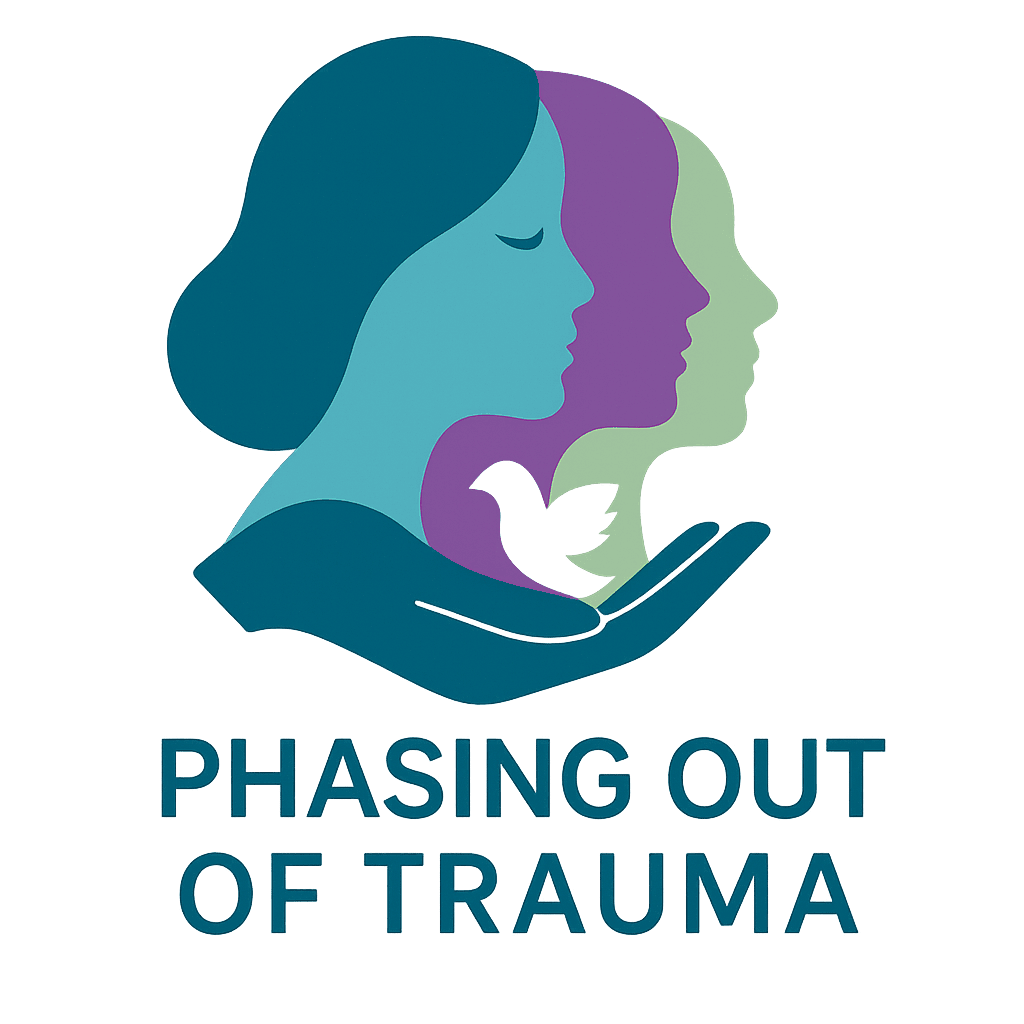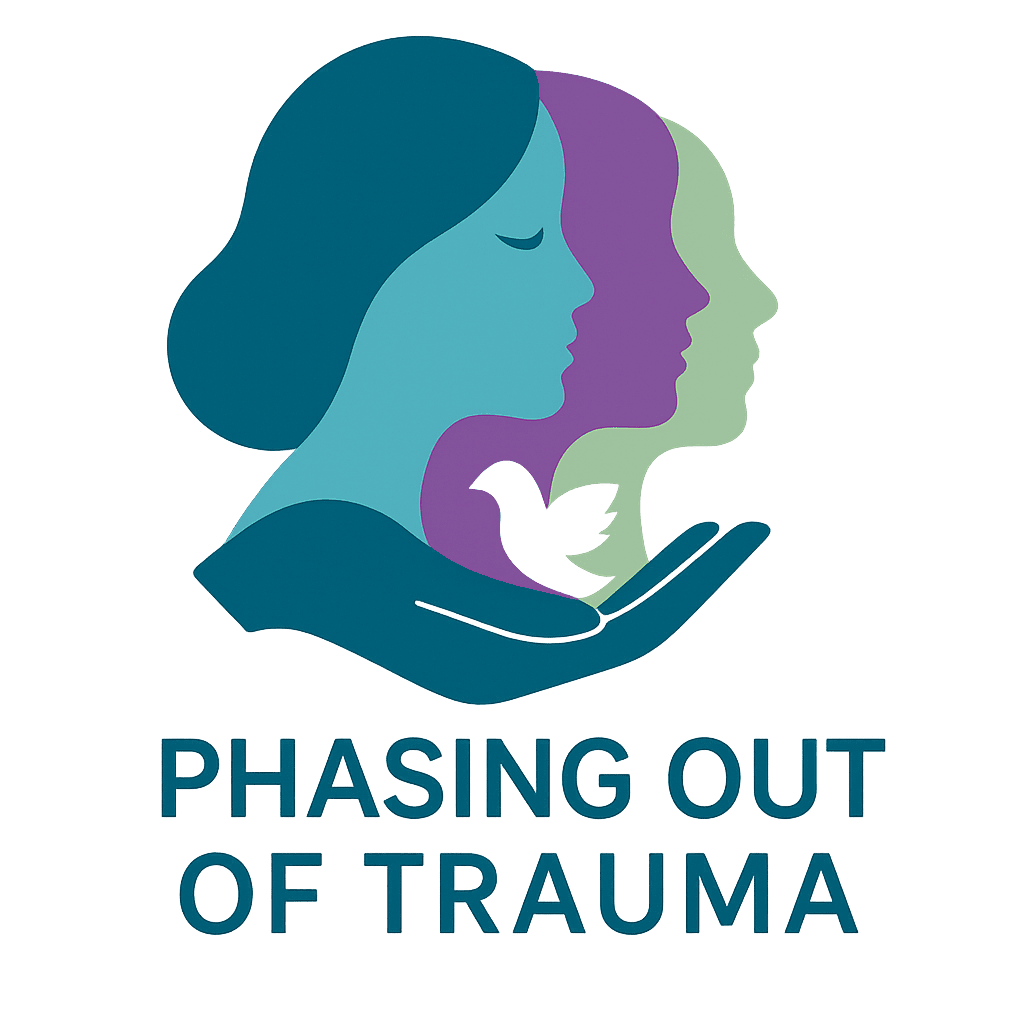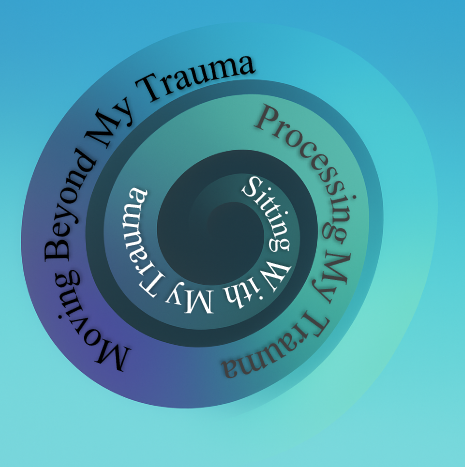
Our 18 Phases are Grouped into 3 Parts Explore Them Below
What's Inside Our Phases
Phases have both a Psychological and Spiritual Anchoring Concept
As we have said, we know that healing needs to address both what's happened to us psychologically, and what's happened to us spiritually. We are created to have a living physical body, and mental and emotional mind, and spiritual soul.
Here are a few of our Phase Titles so you can see this two-fold nature of what we're offering:
Psychological Aspect | Spiritual Aspect |
1) I experienced trauma. | I desire God to be part of my healing. |
7) I am safe to assess how my trauma shows up in my life. | I can trust God to help me re-new my mind. I am ready to move forward. |
13) I am ready to resolve my trauma with those who were responsible and those who failed to address it. | I will honor myself and God as we redeem my story. |
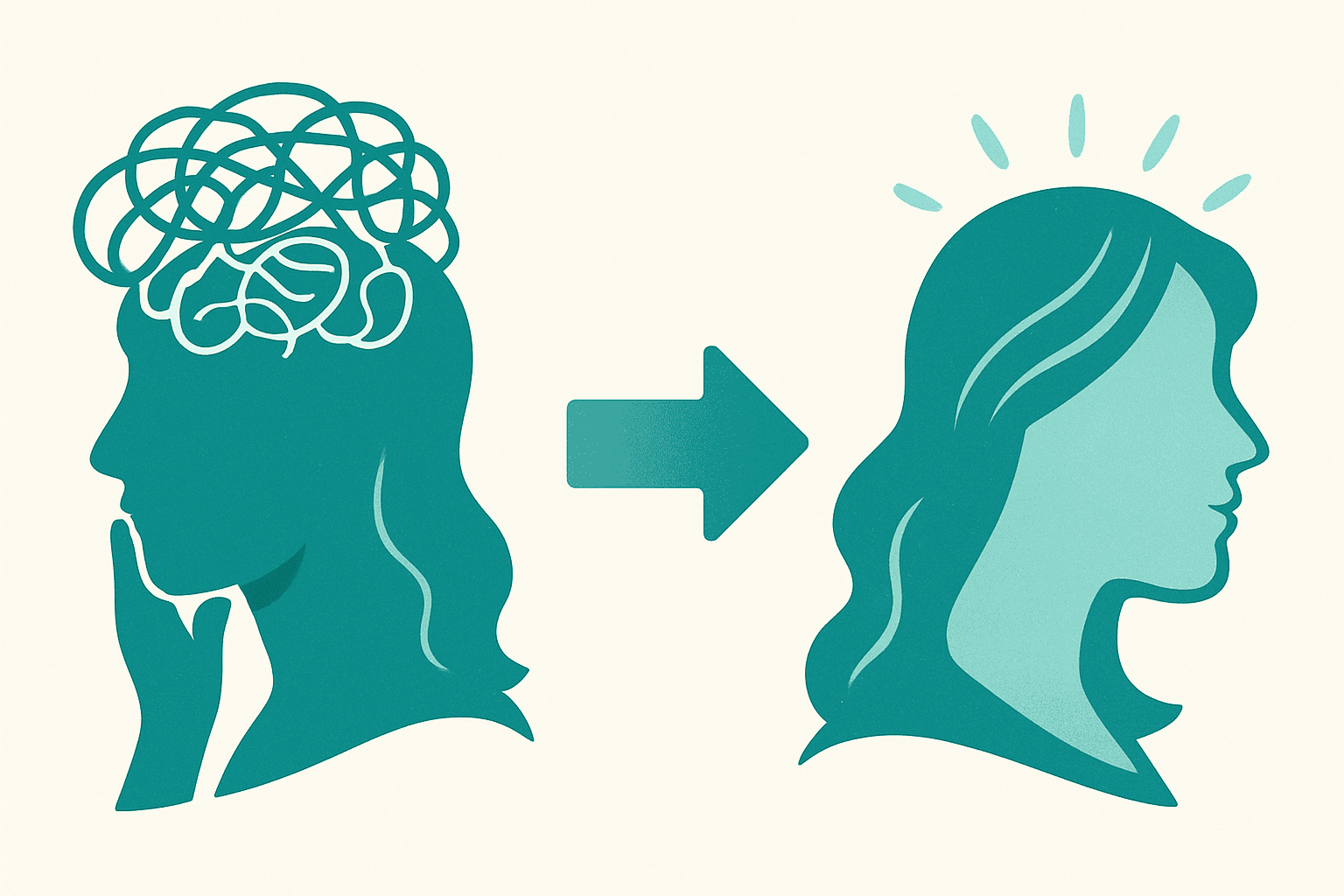
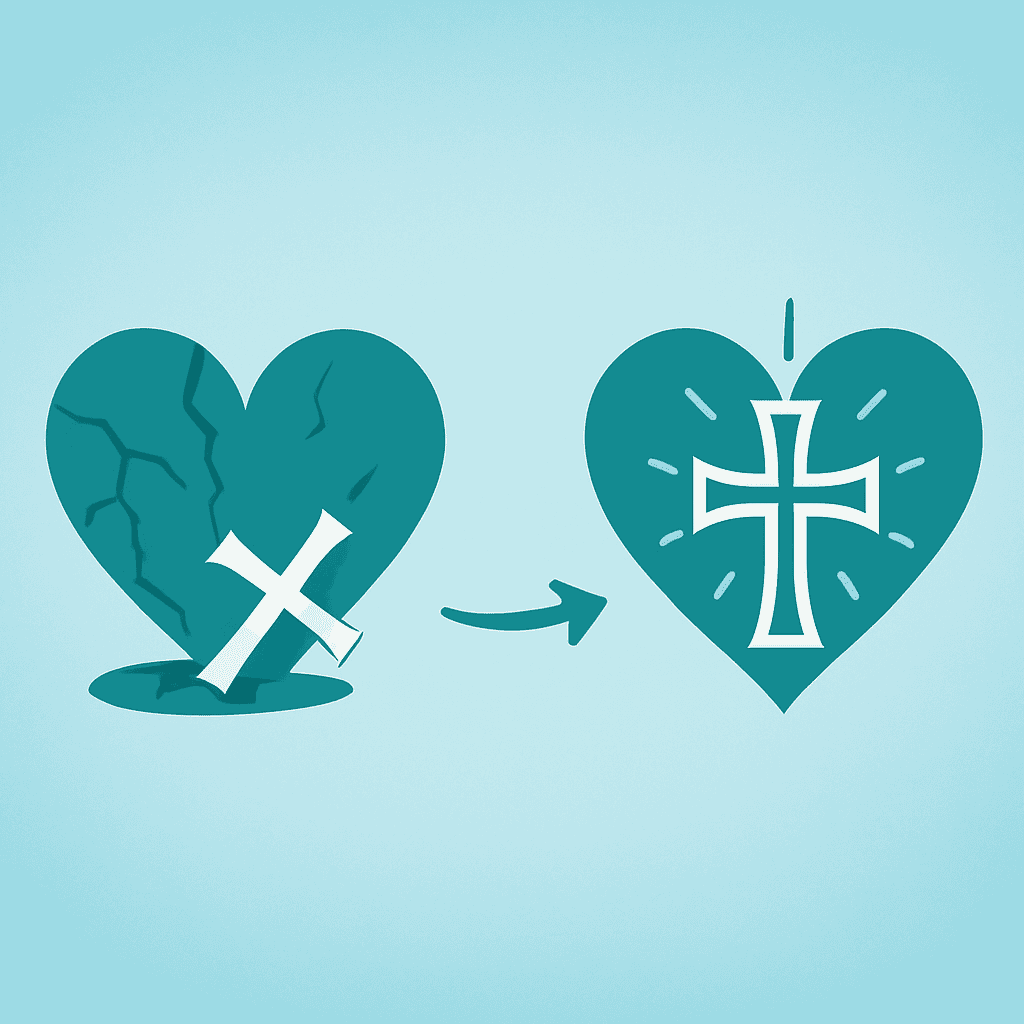

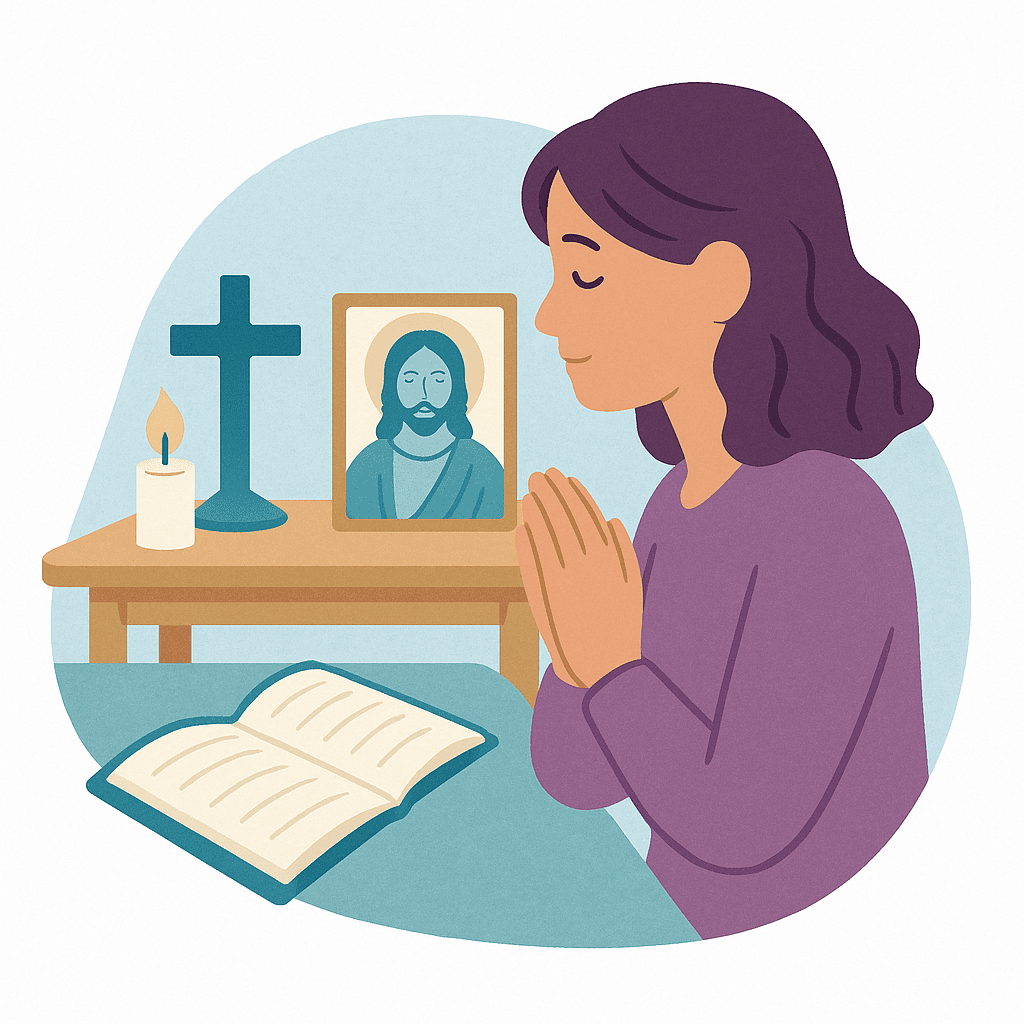

Soul Work: Guided Practices for Every Phase
Anne Richardson and Lisa Becerra have cultivated specific practices, and adapted activities in order to merge the mental and faith aspects of trauma recovery work.
Together we not only give you step by step activities to enter into along your journey, we also give you some of the most relevant book recommendations, and video recommendations. We are blessed to be offering trauma recovery in a time where many experts have already weighed in on what they've studied, what's been tried and is now trusted to be true.
For Example:
In Phase 1 women are asked to Prayer our Group Prayer, to Create a Trauma Timeline, to Read Does God See Me by Dieula Previlon, and watch Annie Brewster's Ted Talk on The Healing Power of Story Telling to name a few.
In Phase 7 women are asked to Meditate on How God Sees Them, to complete Life Assessments, to Read Renewing Your Mind by Neil T. Anderson, and to watch Dr. Dawn - Elise Snipes share about PTSD symptoms and their functions.
In Phase 13 women are asked to ask God to help them Forgive the Ignorant, to enter into Proxy Work, to Truth and Repair by Judith Herman and to watch Lyssa Terkeurst talk about Forgiving What You Cannot Forget
We also have put together Reflective Workbooks to help women who want to take a deeper dive into any of our recommended Phase Work Books - it allows them slow down and not only assimilate the information the author is sharing with us, but to apply those truths into their own lives and to help use those truths to process more of their stories.
These practices give you space to pause, reflect, and apply healing truths. With each step, you’ll see not just information, but transformation.
How Women Work Through the Phases
Individually with the Help of The Holy Spirit

Self-led, Self Paced
Healing is a journey, and sometimes the best way forward is one careful step at a time. If you’d like to begin the work on your own, you can request each Phase as you feel ready, starting with Phase 1.
You can choose to complete our simple Soul Work Packet, or decide to do the deeper work with one of our Reflective Workbooks for each Phase.
When you’re ready, you'll briefly meet with one of our leaders to demonstrate the healing work you've done, so you can celebrate it!
You'll be able to request the next Phase and continue at your own pace, with the freedom to pause, reflect, or revisit as needed.
“The Lord goes before you and will be with you; He will never leave you nor forsake you.” — Deuteronomy 31:8
Good if: If you’re ready to begin but prefer to move at your own pace.
Peer Guided in Community

13-Week Closed Small Groups
Healing is deeper when we walk together.
In a Phase Work Fellowship small group, you’ll journey through one phase at a time with a small group of women who are engaging the same reflections, prayers, and practices as you.
Each Phase Work Fellowship small group lasts 13 weeks and gives space to:
- Share what’s been most meaningful in your Phase work.
- Read and reflect on scripture and journaling prompts together.
- Practice spiritual and grounding exercises as a group.
- Encourage and pray for one another each week.
Cohorts provide the safety of structure and the gift of community, so you don’t have to carry the work alone.
“Two are better than one, because they have a good return for their labor: If either of them falls down, one can help the other up.” — Ecclesiastes 4:9–10
Good if: If you long for encouragement, accountability, and shared strength.
Discipled in 1-on-1 Mentoring

Phase-by-Phase
Your mentor will:
Meet with you for one-on-one sessions.
Help you apply the Phase work to your own life.
Pray with you and remind you of God’s presence along the way.
Encourage you through challenges and celebrate growth with you.
Mentorship gives you personalized guidance and accountability — a safe space to process your story, ask questions, and be discipled into deeper freedom.
“Therefore encourage one another and build each other up, just as in fact you are doing.” — 1 Thessalonians 5:11
Good if: If you need personalized guidance and prayer as you move through the phases
No matter which pathway you choose, you won’t walk it alone. God is with you every step — and we’re here to support your healing.
